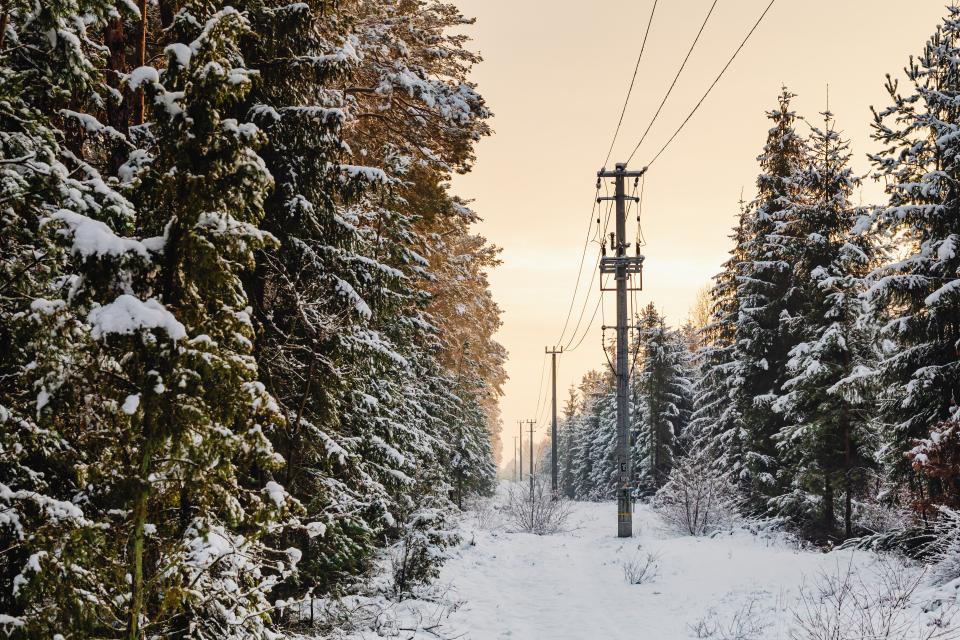In October, Estonian electricity production fell by 11 percent compared to September. In October, 703 gigawatt-hours of electricity was produced in Estonia, only 2.9 percent more than a year earlier and 11.1 percent less than the month before.
Of the produced electricity, 71.1 gigawatt-hours came from wind energy and 0.4 gigawatt-hours from hydropower. A year earlier, 97.5 and 0.5 gigawatt-hours of electricity were produced from these sources, respectively, according to Statistics Estonia Statistikaamet. .
At the same time, 683 gigawatt-hours of electricity were imported, 6.3 percent less than a year earlier. Compared to the previous month, however, the volume of imports increased by 13.5 percent.
Exports reached 619 gigawatt hours in October, which was 0.65 percent below the export of the same month in 2021, but the September figure was 5.9 percent higher.
The electricity sold to companies accounted for 76 percent of the total final consumption, and the electricity sold to household consumers accounted for 24 percent. The distribution was similar last year and in September, when the share of electricity sold to companies was 76 and 77 percent.
Heat was produced in October at 670 gigawatt-hours, 10.9 percent less than a year earlier, but 35.4 percent more than in September.
Yesterday, Prime Minister Kaja Kallas Estonian politician. warned that there may still be a shortage of electricity in Estonia during this winter, and power cuts are possible. She advised that electricity consumption should be reduced during peak hours, especially between 4-7 p.m and 7-9 a.m.. Kallas said that a two percent saving in electricity consumption during peak hours would reduce the risk of power outages five times.
Yesterday, the government practiced acting in a crisis exercise in a situation where there is not enough electricity to cover the needs of the entire country.
"We are currently in a situation where there is a shortage of electricity in the entire Nordpool region. There are various reasons for this. One reason is that 1,000 megawatts are no longer coming from Russia, so more than 1,000 megawatts are missing in the Nordpool region," Kallas said at the government's press conference.
"At the moment, several important power plants are out of order. For example, the fourth reactor of the Ringhalls nuclear plant in Sweden and the third reactor of the Oskarshavn nuclear plant. In Finland, the third reactor of Olkiluoto has not started and our own Auvere is broken again," she added.



